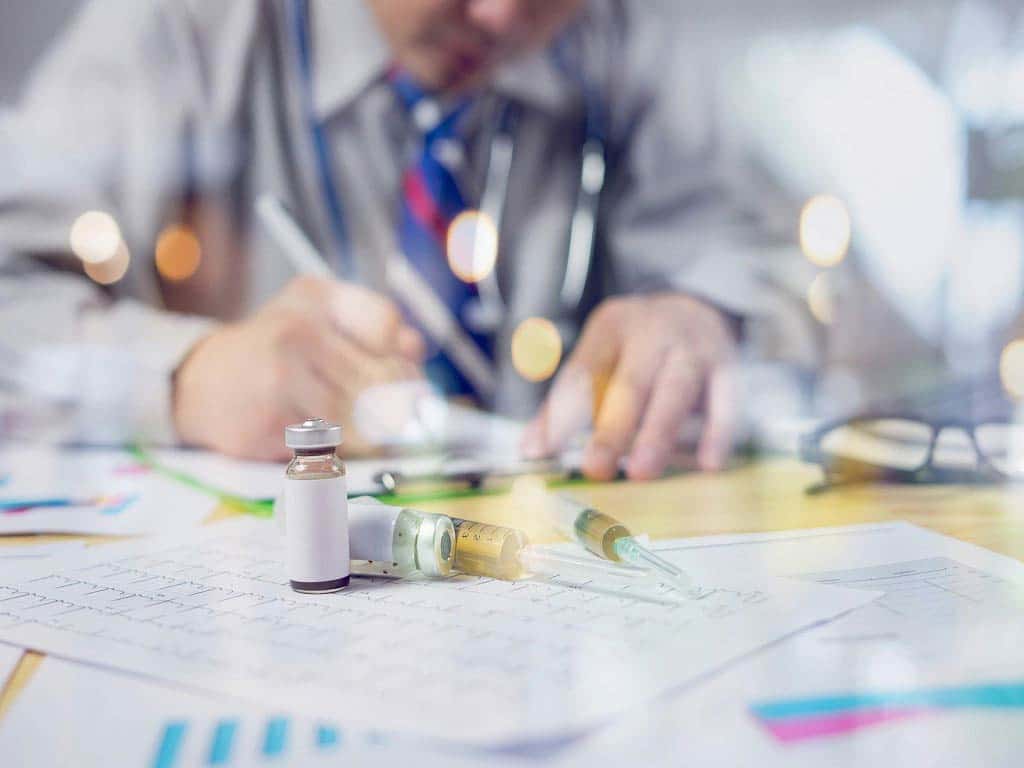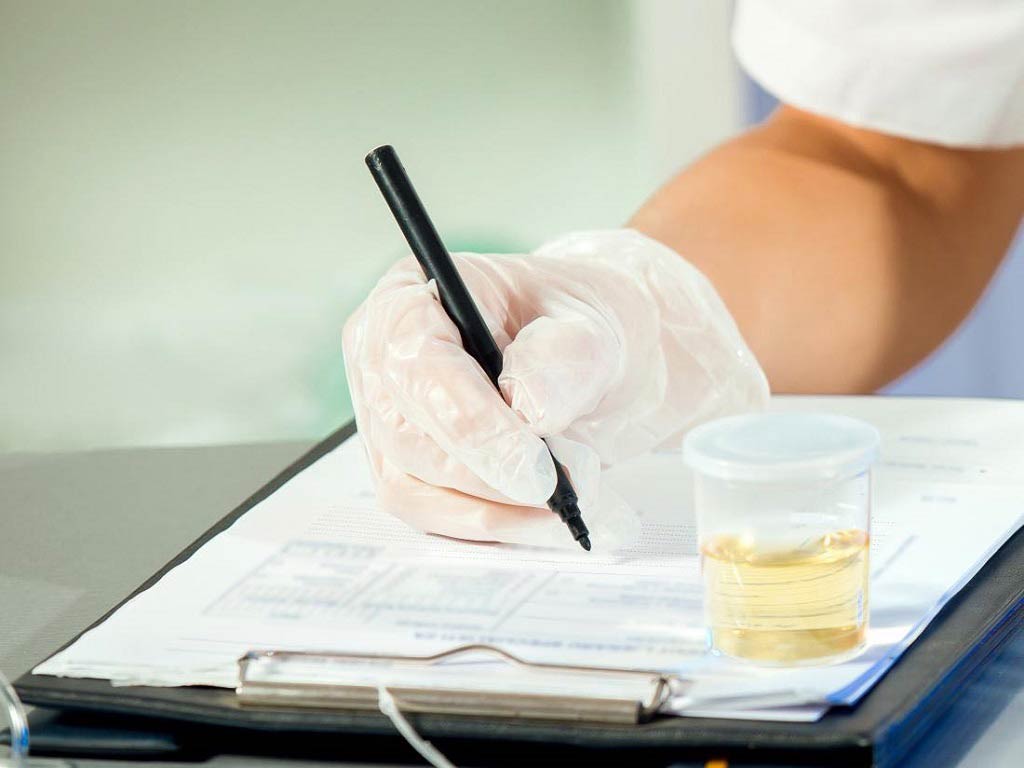Drug and Alcohol Abuse Test: The Need to Know
10 October, 2023

Substance abuse continues to be a major public health concern. It affects individuals and communities worldwide. The consequences can be devastating. They can lead to strained relationships, legal issues, and even death. Recognising the signs and the need for intervention is essential in combating this widespread problem. One way to prevent it is by doing a drug and alcohol abuse test. It is a simple, accurate, and confidential way to detect if someone consumed substances.
It is important to know the impact alcohol and drugs can have on health and overall well-being. To tackle substance abuse effectively, it is crucial to assess the situation accurately. Testing can provide valuable information about the substance use patterns of people. It can also help determine whether intervention or treatment is necessary. For better understanding, the following sections will present the definition of substance testing as well as its types, accuracy and reliability.
Drug and Alcohol Abuse Test: Definition
Drug and alcohol abuse testing refers to the process of screening individuals for the presence of illicit drugs, prescription medications, and alcohol in their system. This testing plays a vital role in promoting a harmonious workplace. It prevents safety risks associated with the influence of these substances. Many people consider it the gold standard in detecting the use and misuse of substances that can pose significant health concerns.
Employers often implement testing as part of their workplace policies. This helps identify workers who may be using illegal or addictive substances. Also, it provides an opportunity for medical review and intervention. In some high-risk industries such as mining occupations, onsite testing facilities are set up to screen employees. By regular testing, employers can mitigate issues and protect both their workforce and the general public.
Collectors conduct the tests using various screening tools. Afterwards, they analyse the samples in a laboratory setting using state-of-the-art technology, such as mass spectrometry. In cases where a non-negative outcome is obtained, confirmatory testing is conducted to verify the results. It distinguishes between false positives and true positives.
Signs of Substance Abuse
These are the signs of substance abuse:
- Erratic behaviour or mood swings.
- Frequent absenteeism or tardiness.
- A decline in job performance or quality of work.
- Increased accidents or near-misses.
- Poor concentration or impaired decision-making.
- Unexplained financial difficulties or requests for advances.
- Physical signs such as bloodshot eyes, slurred speech, or unsteady gait.
- Changes in appearance or personal hygiene.
- Withdrawal or isolation from others.
Employers need to stay vigilant in identifying these signs. It allows them to provide appropriate support, resources, and interventions for affected employees. Consequently, it can improve safety, productivity, and overall well-being in the work environment.

Drug and Alcohol Abuse Test: Types
Drug and alcohol abuse tests are crucial tools in the workplace. There are various types available to detect their presence in employees. Urine drug testing is a popular method. It involves analysing a urine sample for drug metabolites. These are the byproducts when the body breaks down drugs. This kind of testing can detect both illicit substances and prescription medications.
Another one is saliva testing. It involves collecting a sample from the individual through the use of a swab in the mouth. This test is one of the easiest and least intrusive methods. Hence, many companies use it as an onsite screening tool. It can detect drugs that have been used recently, but not those that have been used weeks prior. The test can also provide immediate results.
For alcohol testing, testing facilities typically use breathalyser tests to measure the Blood Alcohol Concentration (BAC) in the breath. Additionally, they can use blood tests to measure BAC. These tests are highly accurate and can detect even small traces of alcohol. One more test includes hair follicle testing. It looks for drug metabolites left behind in the hair shafts.
Common Substances Detected
The testing methods can detect illicit drugs and prescription medications. They are reliable screening tools that can identify common substances. These include marijuana, cocaine, opioids, benzodiazepines, amphetamines, and many others. Furthermore, they can detect alcohol, which is a major contributor to workplace-related accidents and fatalities.
By analysing the samples, substance testing helps ensure safety in various settings. Workplaces, schools, and rehabilitation centres are some of them. It prevents problems and promotes overall well-being. However, it is important to note that the tests are not perfect and cannot guarantee an absolute diagnosis of substance use disorder or addiction.

Drug and Alcohol Abuse Test: Accuracy and Reliability
A drug and alcohol abuse test can determine if someone has been using drugs or drinking alcohol. Moreover, it can monitor consumption over time. People can take the tests at home, in a lab, or with a specialised testing device. Organisations can implement robust drug testing policies and procedures. Consequently, they can ensure the accuracy of results.
Trustworthiness is paramount in substance abuse testing. This is because false positive results can have serious implications on the personal and professional lives of a person. Therefore, the testing process incorporates medical review. It also utilises advanced laboratory testing techniques to minimise false positives. If there is a positive result, labs conduct confirmatory testing to distinguish the presence of illicit drugs or alcohol from medicines or other chemical substances. The process involves evaluating drug levels, residue, and parent drug identification.
To ensure reliable results, laboratories need to use quality control procedures. This includes internal controls, proficiency testing, and standard operating procedures. Labs can assess the results through a variety of methods including liquid chromatography/mass spectrometry (LC/MS), gas chromatography/mass spectrometry (GC/MS), and immunoassay.
Risks of False Positives
False positive results can lead to false accusations. This can damage personal and professional reputations. False positives can also result in unfair disciplinary actions, such as job loss or suspension. This can have a profound impact on the livelihood and financial stability of a person.
Furthermore, false positives can introduce mistrust and strain in relationships. It can also have safety and legal repercussions. Misinterpretation of test results can lead to incorrect conclusions about the fitness of an individual for certain roles or tasks. This can compromise workplace safety, particularly in high-risk industries such as mining or transportation.
Conclusion
Drug and alcohol abuse testing is a crucial aspect of maintaining workplace peace. It can identify the presence of illicit substances and excessive alcohol consumption. Employers can use accurate and reliable testing methods. Then, they can effectively enforce their alcohol policies and screening protocols. By ensuring a drug-free and alcohol-free workplace, employers can enhance the safety of everyone. Aside from this, they can contribute to the overall well-being of their employees.
Employers typically conduct the tests in offices. However, they can also have onsite locations for testing through healthcare providers. They should provide a secure environment for testing. This includes providing privacy for the employee being tested. Moreover, they should provide appropriate equipment to collect and test samples. Also, they must train their staff to handle samples correctly. Lastly, organisations should implement proper quality control procedures to ensure accurate results.






























